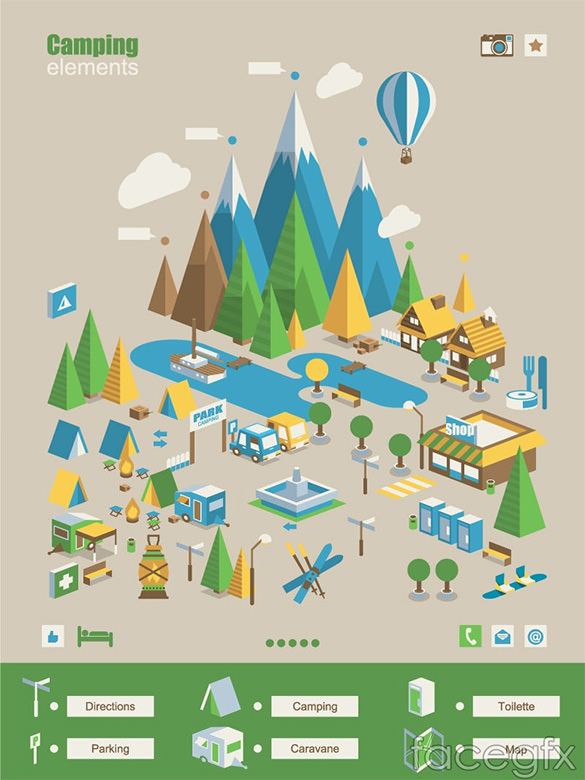Follow These Golden Rules When Selling Your Camping Tents Online
Follow These Golden Rules When Selling Your Camping Tents Online
Blog Article
Does Your Backpacking Tent Required a Footprint?
A footprint is expensive and adds additional weight to your backpack. It also isn't particularly durable.
Do glamping pods have electricity?
Eventually, whether or not a camping tent footprint is needed depends upon where and exactly how typically you're camping. Generally, it's a great idea to utilize one if you camp on rough surfaces or in wet conditions.
Tents with Lower Deniers and Waterproof Rankings
Outdoors tents with reduced deniers and water-proof rankings have a tendency to be lighter, however they can likewise be much more delicate. They may require more constant fixings and have much less interior area than tougher versions. If you're an informal backpacker that suches as to travel fast and light, this might be fine; nonetheless, even more knowledgeable walkers understand that sacrificing resilience can come with big consequences down the route.
The denier and water-proof score of a camping tent's canopy, rainfly, and flooring can aid you establish its livability. Search for higher-denier fabrics on the canopy and rainfly, along with taped seams that assist prevent water from permeating with stitches. Some producers even make use of warmth and sealant during construction to develop a more powerful seam; these are called welded joints.
The livability of an outdoor tents can likewise be identified by its floor measurements and capability. A tent's flooring need to be somewhat smaller than the impact to avoid water from pooling under the shelter.
Outdoors Tents in Rough Surface
Numerous backpacking outdoors tents include a footprint made especially for their design, which helps make certain an appropriate fit and safeguards the tent's base from dampness and sharp items. Other suppliers offer universal impacts that can be reduced or folded to match an outdoor tents's dimensions.
The type of surface you'll experience is another vital consideration for choosing an outdoor tents. For example, if you'll be camping in a canyon or gully, look for a shelter that can handle solid winds. These conditions develop disturbance that can make the difference in between enjoying your campsite or experiencing discomfort.
The ability and top elevation of a camping tent give you an excellent idea of its livability, yet extra factors to take into consideration include vestibules (the area of the rainfly covering the doors) and overall storage room. For instance, throughout our wintertime testing of the Marmot Tungsten, its charitable 93-by-82-inch floor conveniently dealt with 4 sweaty backpackers and their puffier shoulder period sleeping bags while still leaving enough space for equipment and people.
Outdoors Tents in Wet Issues
Even if your tent shows up dry, dampness hides in the spaces and crannies. In time, it can weaken the material. That's why it's so vital to make use of rest days to deep-clean your outdoor tents and its components, such as zipper cellular linings, stake loopholes and flexible webbing straps.
Additionally, ensure to pitch your outdoor tents in a flat location, not a divot or concave spot, to ensure that ground water does not gather in between the tent flooring and footprint or tarp. And if you're making use of a footprint, take into consideration a custom-cut one designed for your camping tent's floor plan. It won't accumulate rainwater the method a common ground cloth or tarp can.
Technique setting up and taking down your outdoor tents at home prior to you hit the trail, to get a feel for just how quickly and effectively you can do it. Also, practice surveying your outdoor tents in different terrains to see just how easy it is (or isn't) to can you live in a tent do in bad weather.
Outdoors Tents in High-Rise Situations
Tents vary in flooring size and livability. For instance, a huge tent with double doors and vestibules like Marmot's Tungsten can take care of four backpackers without needing acrobatics to enter and out or to store equipment.
The minimal trail weight spec is the most effective spec to compare designs, as it consists of the bare essentials: camping tent body, rainfly and posts. Yet keep in mind that the spec leaves out tent stakes, man lines and things sacks.
The majority of backpacking tents can hold up to a light summer season tornado, but some can be swept away by gale-force gusts. Search for a design with solid posts, a raised bathtub-style floor and joint taping to lower the chance of water seeping with. More expensive layouts also tend to feature more powerful products that can resist the impact of debris and various other pressures.
How many people does a 5m Bell Tent sleep?
